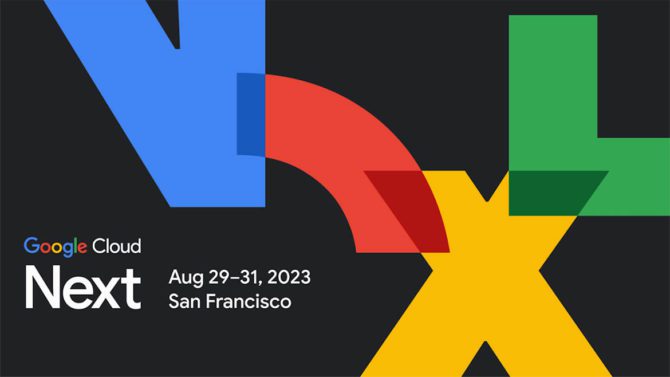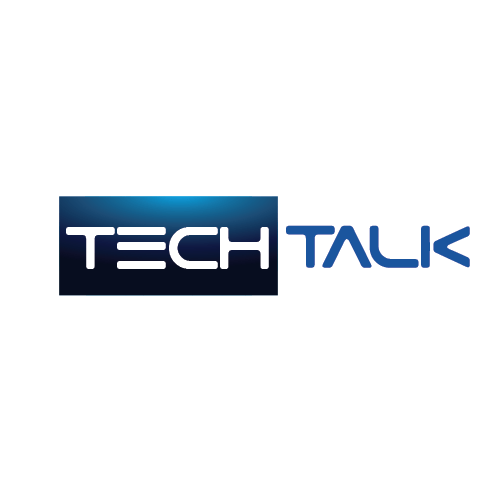Unveiling Generative AI: Duet AI and Copilot in the Spotlight

The Most Pivotal Inquiry Regarding Duet AI and Copilot
The sessions held during Google Cloud Next have unveiled intriguing facets of what promises to be the most momentous transformation in software products in recent memory, while concurrently raising several inquiries pertinent to the workplace.
As I observed the proceedings at this week’s Google Cloud Next event, what truly captivated my attention were the demonstrations showcasing the seamless integration of Google’s groundbreaking Duet AI feature into its core Workspace productivity suite. Equally noteworthy is the manner in which generative AI enhances other functionalities such as software development and cloud security. However, given my substantial involvement with office applications, this particular aspect seized the lion’s share of my attention, reminiscent of the Microsoft “Copilots” demonstration for Office 365 earlier this year.
During this year’s conference, Google announced that thousands of enterprises and over a million individuals have already employed beta versions of Duet AI for tasks ranging from generating emails concerning overdue invoices to crafting blog posts. It was further revealed that Duet AI is now readily accessible for Workspace at a monthly rate of $30 per user. Curiously, this pricing aligns closely with Microsoft’s earlier announcement for Copilot in Office 365, albeit Microsoft’s solution is not yet widely available. It is my anticipation that it will become so in the near future. (It is worth noting that Google Workspace still commands significantly fewer paying customers compared to Microsoft Office. At the conference, Google disclosed that Workspace boasts 10 million users, while Microsoft asserts that Teams has an excess of 300 million monthly users, implying that Office 365 enjoys a considerably larger user base.)
Google’s Duet AI demonstrations included the generation of a creative brief for a marketing department, wherein it proposed templates and generated presentations based on the company’s corporate documents and spreadsheets.
Additionally, a novel teleprompter feature within Google Meet was showcased, with Duet AI taking meticulous notes during meetings and subsequently summarizing them. The most remarkable shift, however, was the transition away from mere prompts toward contextual interactions, including the suggestion of creative concepts and the potential execution of tasks on the user’s behalf.
The demonstrations themselves were profoundly impressive, much like Microsoft’s earlier presentations. I eagerly anticipate the opportunity to explore both of these innovations in greater depth.
Nonetheless, a series of substantial inquiries have arisen, inquiries that I suspect most corporate IT executives will deliberate prior to committing. Foremost among these questions is whether the investment of $30 per month per employee in these generative AI capabilities will yield commensurate value. While I harbor no doubt that certain individuals will find this technology indispensable—for instance, in the creation of marketing presentations or the composition of sales correspondence—I remain somewhat skeptical with regard to its universal applicability.
Significant concerns continue to linger among the CIOs with whom I engage in discussions, particularly those pertaining to safeguarding an organization’s intellectual assets.
On one hand, the price point of $30 per user per month appears steep when juxtaposed with the cost of basic Workspace or Microsoft 365 subscriptions. Workspace pricing commences at $6 per user per month, albeit with restricted storage, and escalates to $18 per user per month, affording enhanced management capabilities and greater storage space. Microsoft 365 (formerly Office 365) similarly commences at $6 per user per month for fundamental features, reaching $22 per user per month for inclusive desktop applications and advanced security. Naturally, both companies are amenable to negotiating comprehensive enterprise agreements, yet it is evident that the introduction of AI features significantly inflates the pricing. While AI undoubtedly holds appeal, the question remains whether it bestows added value on par with the combined utility of email, word processing, spreadsheets, and presentations.
On the other hand, we are informed that training extensive language models and subsequently deploying AI conversations within applications founded on these models entails substantial costs. From the vantage point of many office workers, an annual expenditure of $360 for a service capable of summarizing meetings, proposing text, or transforming spreadsheets into slide presentations represents a judicious investment. After all, this sum is significantly less than what one would typically remunerate a human assistant.
Numerous enterprises may view this as a worthwhile expenditure for certain employees while finding it less applicable to others, potentially introducing complexities in terms of licensing. Presently, the majority of organizations I encounter tend to maintain one or two licenses to encompass their entire workforce—perhaps a comprehensive license for office-based personnel and a more limited one tailored to email for frontline employees.
It remains uncertain whether all office workers will be able to fully leverage the generative AI capabilities. I can appreciate how these features will greatly benefit marketing and sales professionals engaged in email composition and presentation design. Nevertheless, I question their utility for individuals whose daily responsibilities predominantly entail engineering tasks, invoice processing, tax form completion, and similar activities. It is conceivable that generative AI features will be integrated into novel applications or appended to existing specialized software, where their utility may be more apparent; for instance, early indications suggest that software developers are among the foremost adopters. However, this does not necessarily imply that individuals who engage in these tasks within Workspace or Office will similarly embrace these features.
One of the initial and extensive applications of this technology will likely manifest in customer service and chatbots, potentially exerting a profound influence on employment within these domains, all while potentially enhancing the quality of customer service. In these contexts, the choice of typical office productivity software may wield diminished significance. As for roles in manufacturing, technical fields, and healthcare, the potential benefits of AI predominantly reside in applications expressly tailored to the specific demands of these sectors.
Lastly, concerns persist among the CIOs with whom I converse regarding the safeguarding of an organization’s intellectual assets. Both Google and Microsoft have asserted their commitment to abstain from utilizing corporate data for the development of future iterations of their AI products. Nevertheless, organizations will undoubtedly scrutinize these agreements meticulously. This, however, only scratches the surface of the overarching queries surrounding the methodologies employed in the initial training of the underlying AI models. Smaller entities and individuals will likely be compelled to accept the terms of the licenses as presented should they wish to avail themselves of these novel features.
In conclusion, I reserve judgment until I have had the opportunity to evaluate the final versions of these software innovations. I anticipate that many CIOs and IT executives will similarly opt to pilot these technologies with select users before reaching definitive decisions. Nonetheless, the advent of generative AI—whether in the form of Duet AI or Copilot—undoubtedly represents the most pivotal transformation within the realm of productivity software in recent memory. I eagerly await the evolution of our collective utilization of this groundbreaking technology.
For the video event related to this article, please refer to the following link: Google Cloud Next Video.
Stay Updated about the latest technological developments and reviews by following TechTalk, and connect with us on Twitter, Facebook, Google News, and Instagram. For our newest video content, subscribe to our YouTube channel.





